You know how sometimes you’re just trying to take a nice evening stroll before dinner, when suddenly all these witches send their henchmen after you because they want to make you their king or cut off your head or some such nonsense? Yeah, that’s basically just, like, Tuesday if you’re Hellboy.
Created by Mike Mignola in the early nineties, Hellboy’s supernatural misadventures have been told through dozens of comics and a few movies. I love the Guillermo del Toro films, even though they’re kind of their own thing (particularly the Golden Army installment) and don’t strictly follow stories from the comics.
It should go without saying that movies and comics are two different mediums, and a comic book movie will never be an exact reproduction of its source material. Still, I’m excited to see how the new Neil Marshall film adapts the Blood Queen storyline from the comics, and I need precisely half a reason to recommend these books to people in any case, because they’re some of my favorites. (These volumes are written by Mignola, with art by Duncan Fegredo and colors by Dave Stewart.)
1. Darkness Calls
One of the great things about the Hellboy books is that the reading order is fairly flexible. You can start with the first volume or skip around, because the stories span so many decades, places, characters, and folklore that, at this point, the chronological publication dates aren’t necessarily an indication of in-world continuity—which is to say, the Blood Queen storyline begins around volume eight, Darkness Calls, and you’ll be able to jump in there as long as you have a basic understanding of where Hellboy comes from (summoned from hell by the sorcerer Rasputin at the behest of some Nazis, but raised by a nice professor into an upstanding young demon-person who works for the Bureau of Paranormal Research and Defense).
The Blood Queen doesn’t make a personal appearance in Darkness Calls, but it sets her tale in motion. Basically, a whole bunch of witches, fairies, and assorted mythical creatures are after Hellboy. The main antagonist in this volume is Baba Yaga, who has set Koshchei the Deathless the task of bringing her Hellboy’s head (she and Hellboy are old enemies) in exchange for freeing Koshchei’s soul, so he might finally die (more on this in a bit).
2. The Wild Hunt
The Wild Hunt (vol. 9) shifts from Russian folklore to Arthurian legend and elaborates on why Hellboy as a figurehead (or, an actual disembodied head, depending on your needs) is so important to everyone. It’s no spoiler to point out that nothing good can come from letting someone known as the Blood Queen loose in the world. In the process of discovering how to take on this threat, Hellboy learns more about who she really is, as well as his own origins, both of which are steeped in mythological destiny with a lot at stake for humanity and the otherworldly alike.
You get the sense that many of the creatures, entities, and people in Mignola’s Hellboy books are neither good nor bad, but simply are. They have a purpose, and they fulfill their destiny rather than make choices. The tension between destiny and choice is the heart and soul of Hellboy as a character and, I would argue, the heart and soul of these stories about him.
Every bombastic battle with a paranormal monster turns out to have the balance of good versus evil at stake, and on some level is really about Hellboy’s struggle to have and exert free will. It’s always a hard-won freedom, and a battle he must fight again and again, in many iterations. This is Hellboy’s essential humanity. This is why we relate to him even though he’s a big, sarcastic, red demon.
3. The Right Hand of Doom
Also, we can relate to his love of pancakes. Check out Hellboy vol. 4, The Right Hand of Doom, for more on that. Do you think Mike Mignola ever intended for a two-page joke comic to have such a profound impact? Sorry Mike, baby Hellboy eating pancakes is adorable. Also, hear me out … this is really an important moment in terms of Hellboy’s origin story, because it’s everything that makes him human in two pages. The profound things that happen to Hellboy in the trilogy discussed in this article are all foreshadowed in “Pancakes.”
4. The Storm and the Fury
The final volume of the trilogy is The Storm and the Fury. (Vol. 12. See? I told you just ignore the numbers.) Hellboy is supposed to lead an army of undead knights against the witch Nimue (um, mild spoiler here: it’s the Blood Queen). So, you know, no biggie. If Baba Yaga trying to cut off his head is a typical Tuesday for Hellboy, this is pretty much his Wednesday. The thing is, sometimes these epic battles are metaphors for struggles of the self, but also sometimes, they are, for lack of a more poetic way of putting it, very much just happening.
And while the conclusion of this story feels very definitive, even a casual Hellboy fan will understand that nothing here is so simple.
5. Koshchei the Deathless
Another thing that is not always simple in the world of Hellboy is the notion that the one you’re fighting is not necessarily your enemy. In the six-part volume Koshchei the Deathless (written by Mignola with art by Ben Stenbeck and colors by Stewart), Koshchei and Hellboy sit down for a pint, and Koshchei reminisces about his time spent in the service of Baba Yaga. It’s a nice reminder that, while Hellboy’s humanity may be easier for us to recognize, we should perhaps consider that the other fantastical personages he encounters have some measure of it, as well.
What are some of your favorite Hellboy stories? Tell us your recommendations!
(images: Dark Horse Comics)
Tia Vasiliou is a senior digital editor at comiXology. She has a lot in common with Hellboy. The main way you can tell them apart is that Hellboy is charming and funny. Also better looking.
(images: Dark Horse Comics)
Want more stories like this? Become a subscriber and support the site!
—The Mary Sue has a strict comment policy that forbids, but is not limited to, personal insults toward anyone, hate speech, and trolling.—



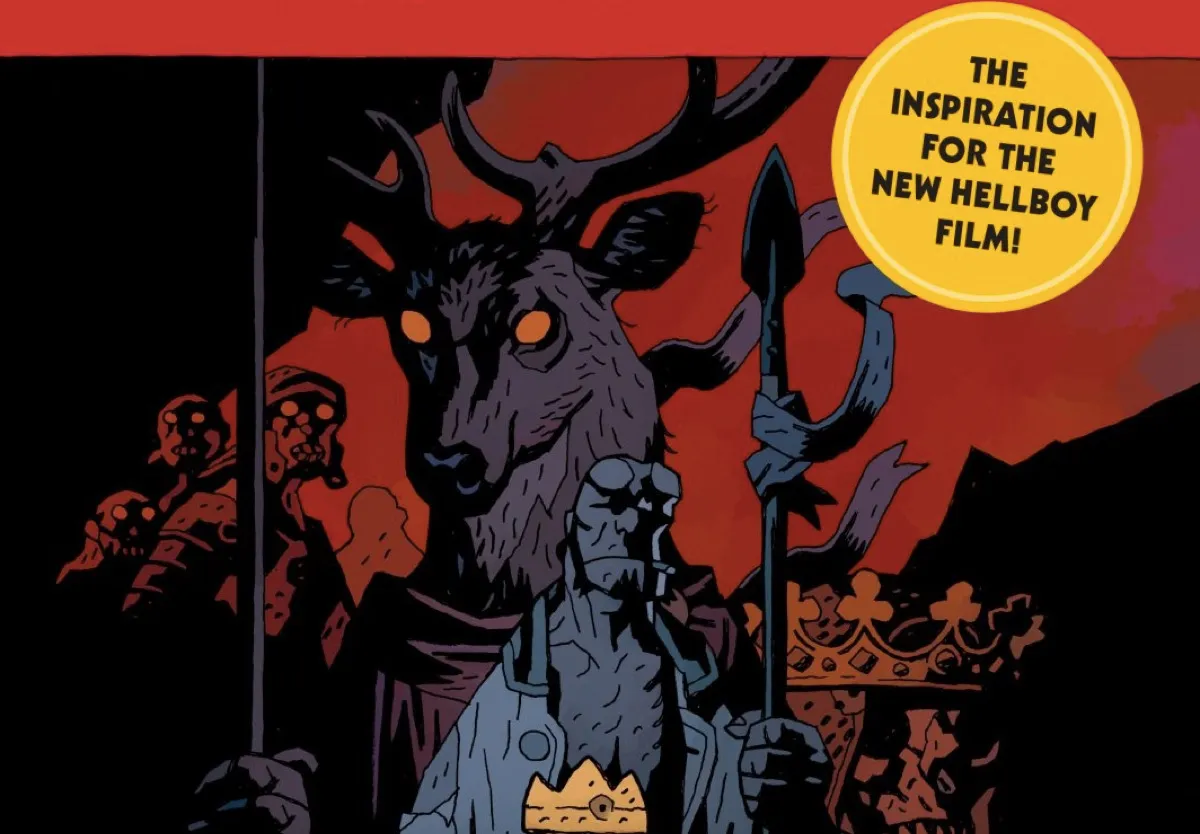
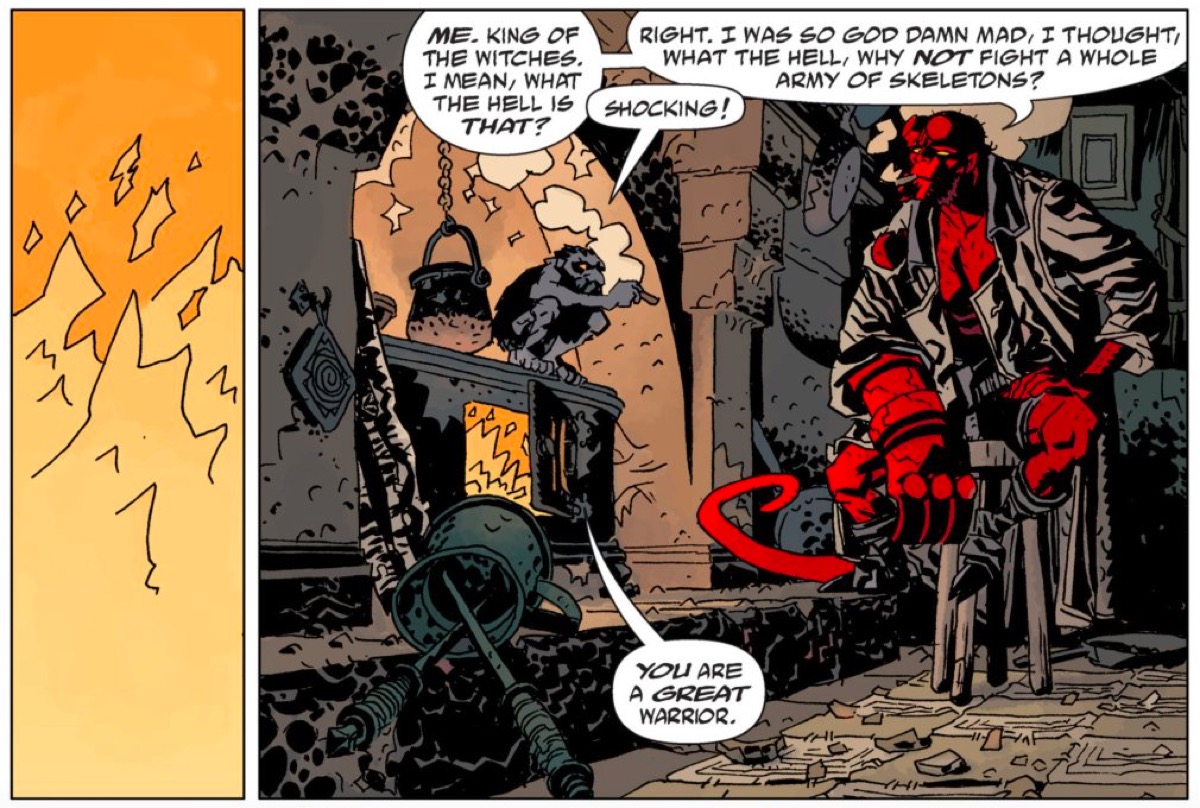
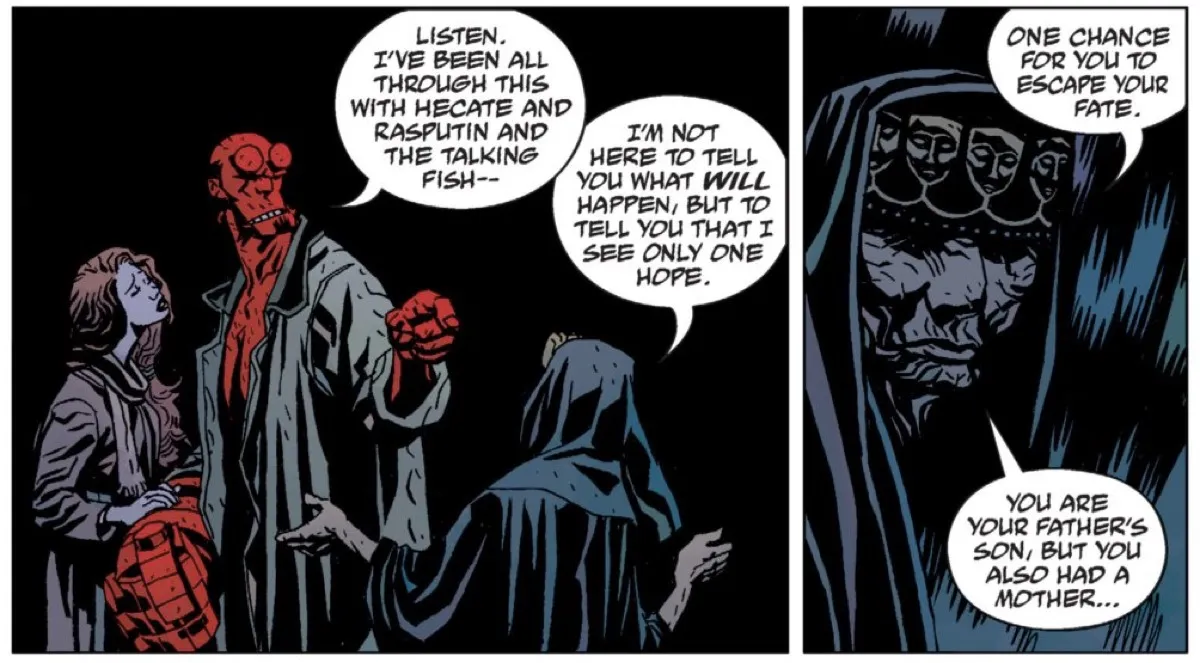
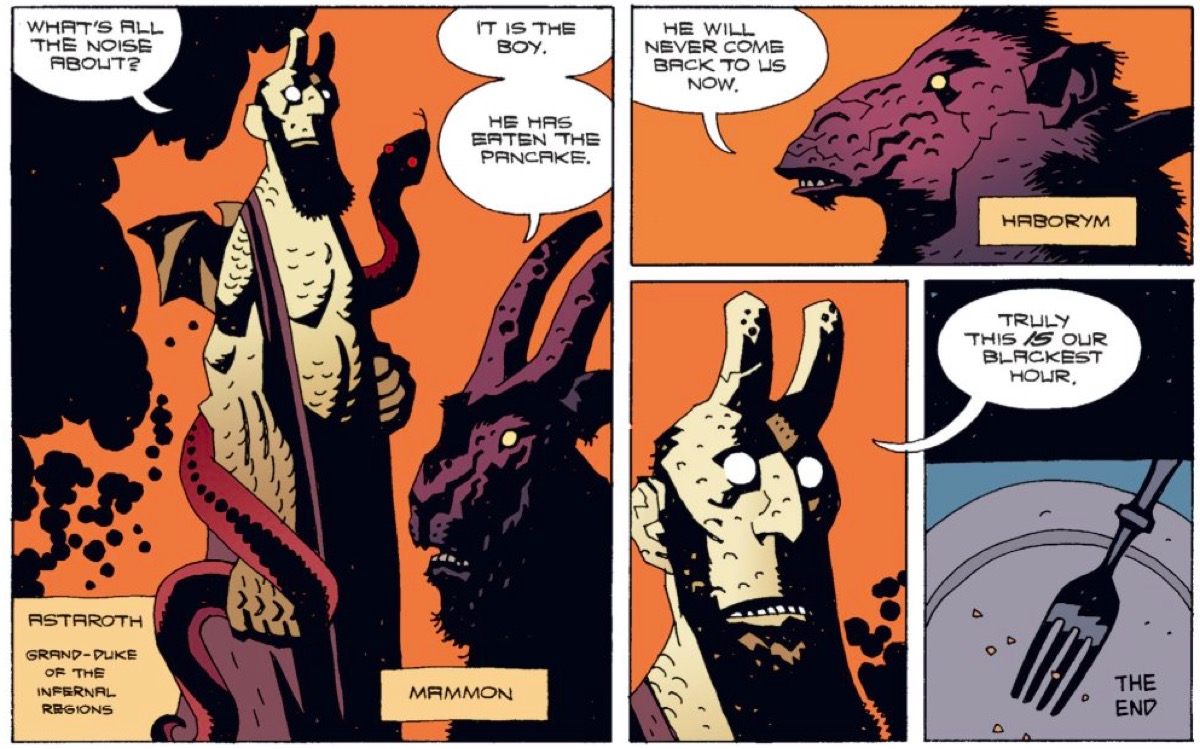
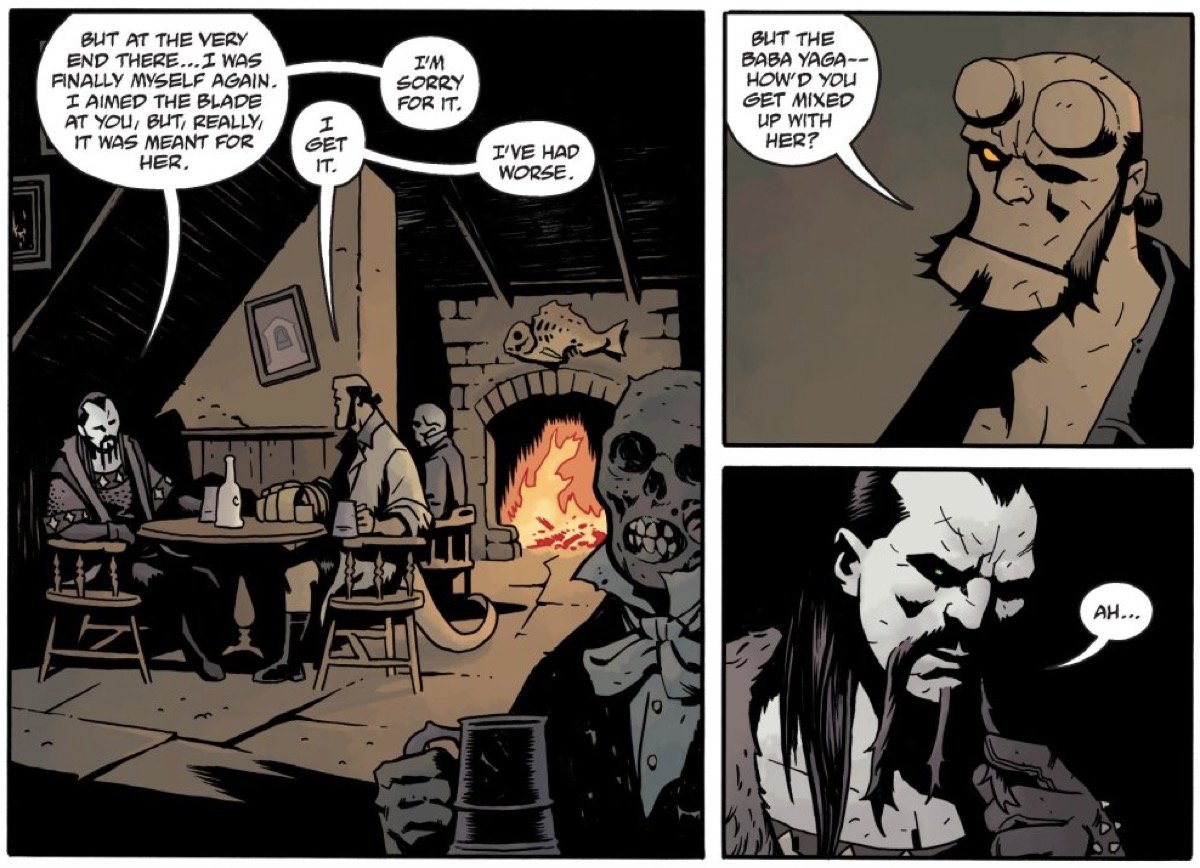



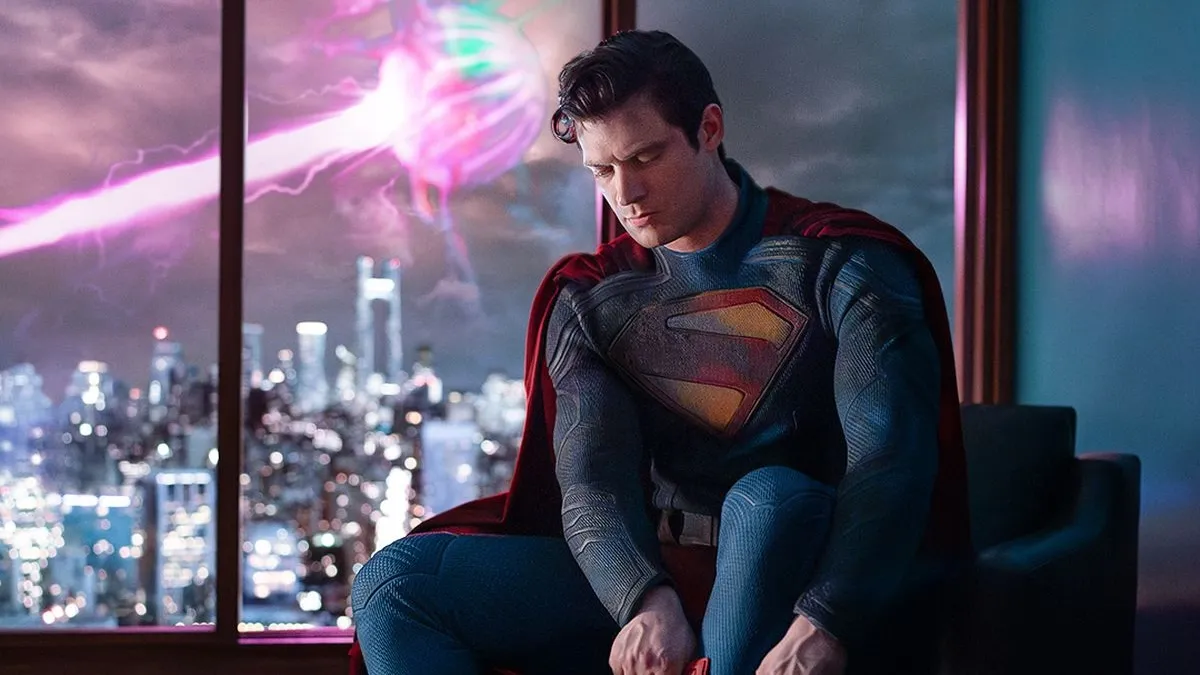

Published: Apr 12, 2019 01:47 pm